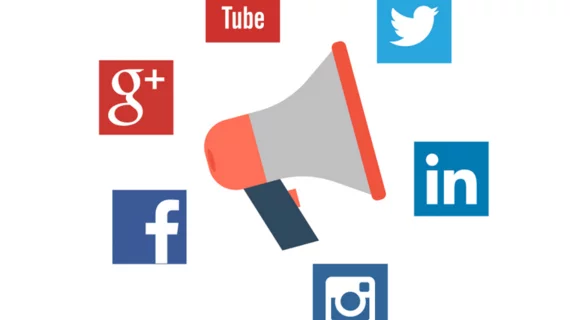Top 10 healthcare marketing mistakes
Patients are looking for more online resources when it comes to healthcare, with a widening ability to shop around and become more engaged in their care. Just as consumers can utilize online reviews, ratings and other marketing information to make choices about where they shop or travel, healthcare organizations need to be aware of how to best present themselves online and elsewhere.
And there are several marketing pitfalls for healthcare companies to fall in, according to a recent report outlining healthcare marketing trends for leaders in the space. The findings come from the 6th annual 10 Big Mistakes to Avoid report came from healthcare marketing company Smith & Jones.
Here are the top 10 healthcare marketing mistakes in 2020:
- Being too transactionally focused. Being too focused on one selling one product or bringing in one client at a time, healthcare marketers need to take a broader approach to long-term relationships with patients that will keep them coming back. This approach should ring true even as organizations go through M&A changes.
- Not prioritizing meaningful interactions. Genuine interactions on Facebook or other social media platforms that offer unique content can offer consumers a lot more engagement. In addition, healthcare companies need to take a look at negative reviews and respond to them to improve their online reputation.
- Ignoring consumer distrust. With the healthcare system being so complex to navigate for the everyday consumer, it is important for stakeholders to build trust and engage their audiences by making the experience and communication between provide and patient as simple and seamless as possible.
- Maintaining your digital status quo. Perfecting a digital marketing strategy doesn’t mean healthcare orgs can sit on their heels. Trends change and marketing evolves alongside consumer behaviors, meaning updates to strategies are necessary to keep engagement and click-through-rates.
- Taking too long to get to the point. A short attention span of consumers means marketers may only have seconds to get their point across and engage their audience. Retooling messages and targeting the right audience is essential.
- Putting off alignment issues. Messages across all locations and staff should be uniform and in alignment with the company in order for a patient to have a positive experience. Difference in quality can leave a patient unsure of how they feel about a health system.
- Placing brand on the back burner. A higher value on data related to healthcare brands serves companies well because brands matter to patients and consumers. However, branding can be challenging, time consuming and costly.
- Underestimating the influencers. Online influencers from social media and YouTube have millions of fans, and healthcare can take a cue from other industries flocking to these digital heroes. Posts from in-house, charismatic doctors or nurses can promote certain topics, engage patients, and help build credibility for a brand.
- Forgetting to follow the money. Patients with top-tier insurance and high income are likely to turn to the highest-rated healthcare providers with a strong digital presence.
- Saying you’re close to home. “Close to home” as a hook for patients isn’t always the way to keep them––and the phrase is overdone in the market. In fact, patients are willing to travel, up to an hour or more drive, for quality care. Healthcare providers should avoid this phrase as a means to distinguish themselves.

